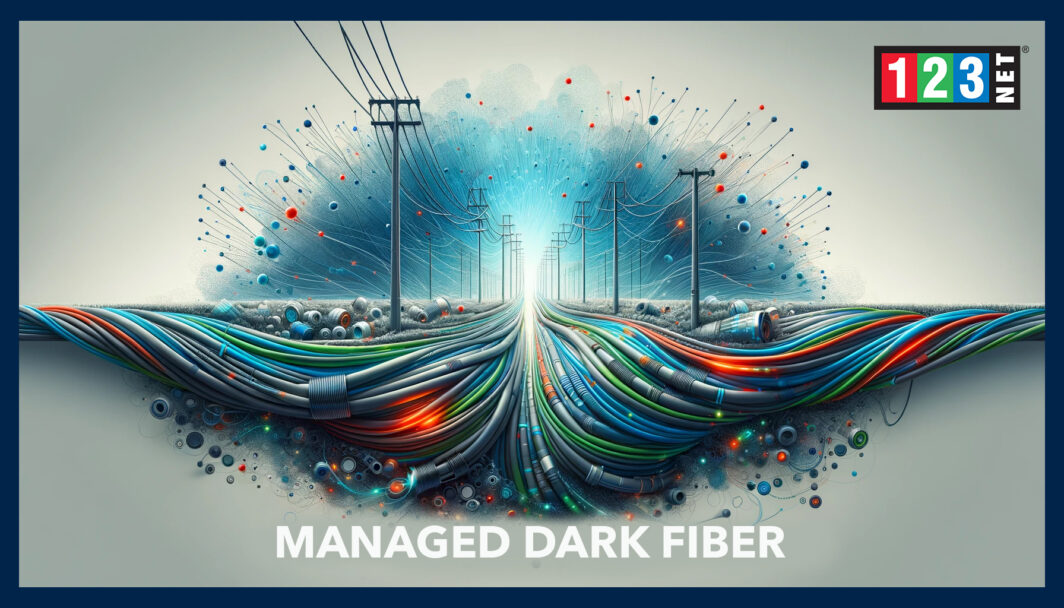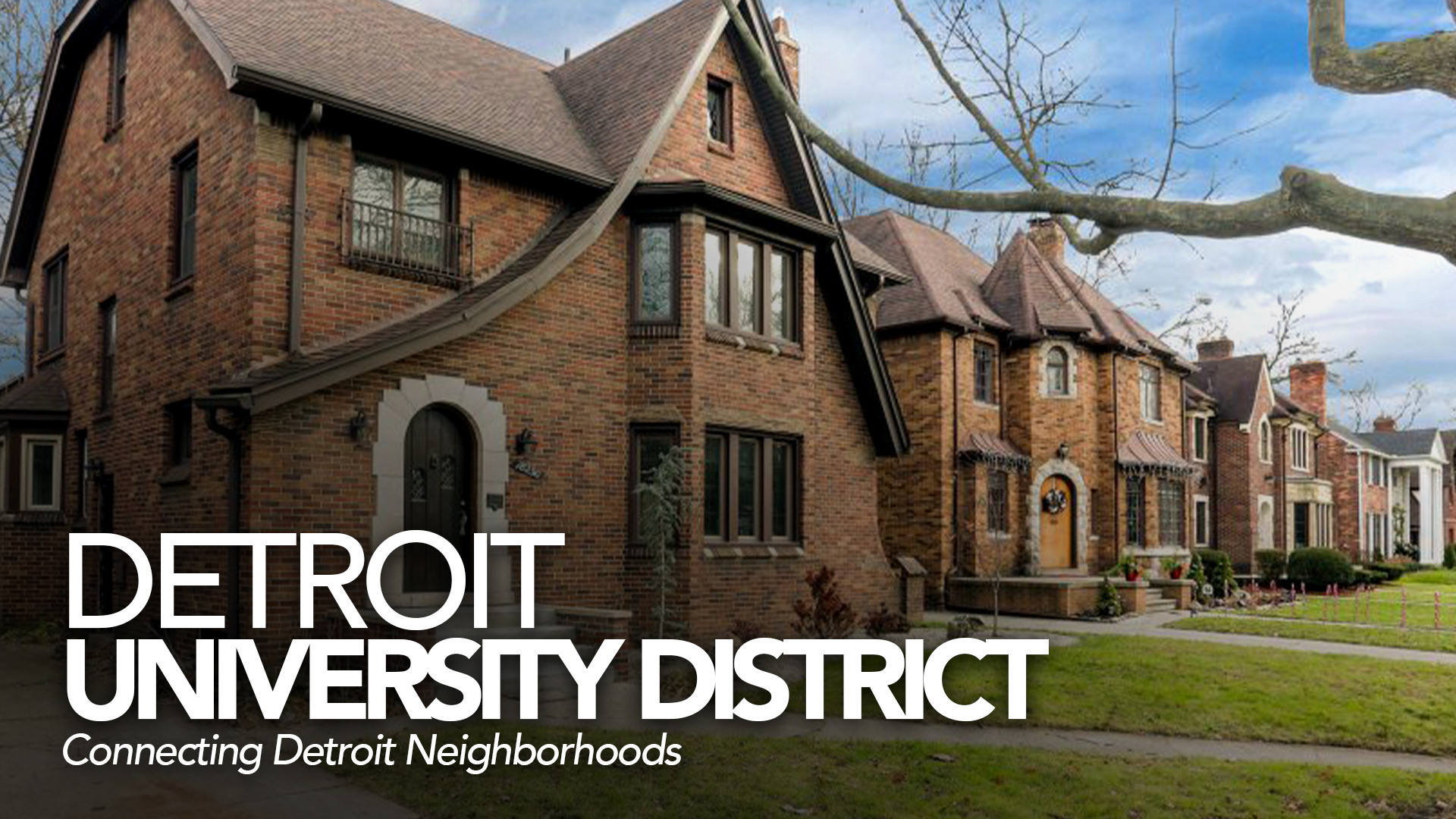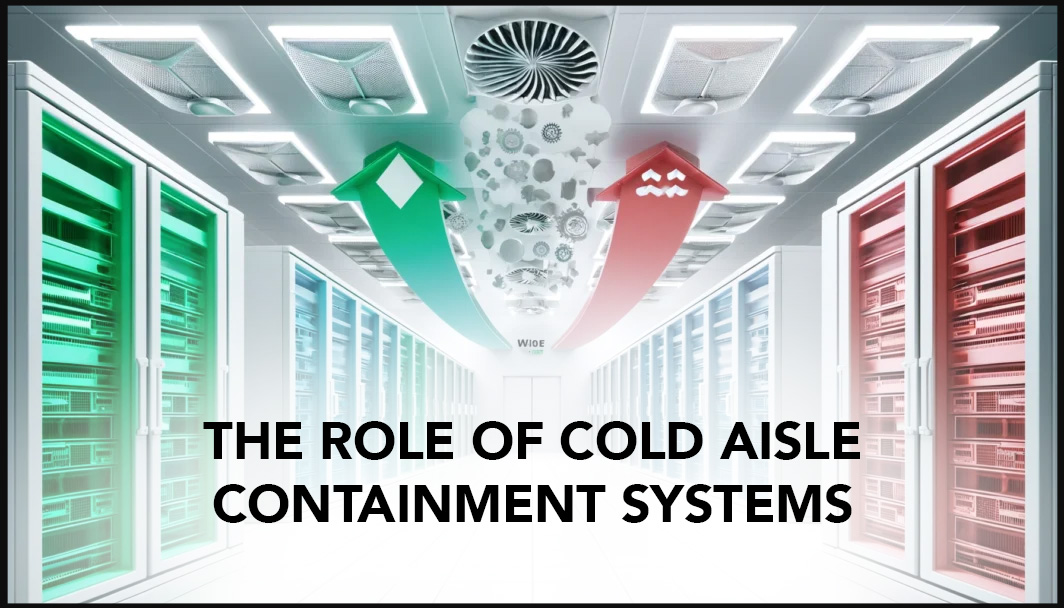
Introduction
In today’s rapidly evolving digital landscape, the appetite for quicker and more dependable internet connectivity continues to soar. Managed Dark Fiber stands out as a crucial innovation, delivering unmatched bandwidth capabilities and extensive scalability options. This avant-garde technology capitalizes on dormant fiber optic cables, thus furnishing enterprises with dedicated, swift internet links. Contrary to conventional lit services, Managed Dark Fiber places the reins of the network infrastructure in organizations themselves. This shift empowers businesses to tailor their internet services precisely, ensuring their data transmission requirements are met with bespoke precision. Managed Dark Fiber not only elevates internet speed and reliability. Also it ensures a level of customization and control previously unattainable in the realm of digital communication. This innovative approach to internet connectivity is providing businesses with the tools to keep pace in the fast-moving digital age.
Understanding Dark Fiber
Dark Fiber represents an intriguing facet of modern telecommunications. This is referring to the unused optical fiber cables that rest beneath the earth’s surface or deep underwater, awaiting activation. Despite their dormant status, these cables are a testament to the expansive infrastructure capabilities of telecommunication networks. It is laid out with foresight but not yet harnessed for data transmission. The term “dark” in Dark Fiber aptly describes the condition of these cables: while physically installed of high-speed data transfer. They remain inactive, not connected to the necessary equipment that enables light-based communication.
Fiber Optic Technology
Fiber Optic Technology stands at the heart of this discussion, heralding a new era in data communication. This technological marvel significantly boosts data transmission speeds and enhances the scalability of networks. This is offering a robust solution to the burgeoning demands for bandwidth in the digital age. The primary differentiation between dark and lit fiber hinges on their operational status. Lit fiber cables are those currently employed by service providers to offer internet and other telecommunications services. Conversely, dark fiber lies dormant, untapped until a third party decides to lease and utilize these cables.
Leasing Dark Fiber
Managed Dark Fiber services thus present a unique proposition for businesses seeking unparalleled control over their telecommunications infrastructure. By leasing dark fiber, companies have the autonomy to “light” these fibers according to their specific needs. This will be adjusting bandwidth and customizing the network’s scalability to suit their operational requirements. This opportunity for customization is a game-changer, offering businesses not just a pathway to vastly improved data transmission speeds. As well as the flexibility to design a network infrastructure that aligns perfectly with their strategic objectives. In essence, Managed Dark Fiber services bridge the gap between the potential of unused fiber optic cables and the ever-increasing demands for efficient. This makes it scalable for telecommunication solutions in a rapidly digitalizing world.
The Benefits of Managed Dark Fiber
Bandwidth Scalability
Managed Dark Fiber emerges as a transformative solution in the realm of enterprise networking and data centers. This is presenting a multitude of benefits that address the core needs of modern businesses. The allure of Managed Dark Fiber lies in its provision of high-speed internet access with unparalleled bandwidth scalability. This key feature enables organizations to adjust their bandwidth requirements dynamically, scaling up to accommodate surges in demand or scaling down. This level of agility is crucial for businesses that rely on cloud services and applications demanding high data throughput. It will be ensuring they can manage peak loads with ease and maintain optimal performance levels.
Enhance Network Security
The advantages of Managed Dark Fiber extend beyond mere speed and scalability. A standout benefit is the significant enhancement in network security it offers. By granting organizations full control over their fiber optic network, Managed Dark Fiber reduces the likelihood of data breaches. This control translates into a more secure environment for sensitive information, which is inherently less vulnerable to external threats thanks to the private nature of the network. Moreover, the ability to implement network redundancy is another critical feature. With Managed Dark Fiber, businesses can design their networks to include alternate data routing paths, thereby ensuring continuous operation even in the face of network failures or disruptions.
This strategic approach to network management not only fortifies business operations against unforeseen challenges but also empowers companies to deliver uninterrupted services. The combination of high-speed, scalable bandwidth, enhanced security measures, and the ability to ensure business continuity through network redundancy makes Managed Dark Fiber an indispensable asset for businesses aiming to thrive in an increasingly digital and data-driven landscape.

How Managed Dark Fiber Works
Managed Dark Fiber stands as a beacon in the world of telecommunications, leveraging the sophisticated mechanism of fiber optic technology to facilitate data transmission through the medium of light. This revolutionary approach relies on an intricate optical network infrastructure, encompassing both subsea cables that traverse the ocean floors and underground fibers that weave through the terrestrial landscape, connecting disparate locations across the globe. For organizations that choose to harness the power of Managed Dark Fiber, this represents an opportunity to lease these dormant fibers. This will equip them with the requisite hardware to “light” them up, thereby activating the fibers for data transmission.
The adoption of Managed Dark Fiber entails the meticulous configuration of network architecture tailored to meet the specific demands of an organization. This customization process encompasses the establishment of connectivity solutions that link various nodes within the network, including data centers, offices, or other essential infrastructural components. Once in place, the organization assumes command over its network management protocols, enjoying the flexibility to modulate data transmission speeds and adjust bandwidth according to evolving needs. This unparalleled degree of autonomy and control over the network infrastructure distinguishes Managed Dark Fiber from conventional internet service offerings.
At its essence, Managed Dark Fiber is not merely about enabling data communication; it’s about redefining how organizations conceive and manage their digital connectivity. Managed Dark Fiber opens up new vistas of efficiency, security, and scalability. This direct control over the fiber optic network marks a significant departure from traditional models of internet service. It will be offering a pathway to more responsive, secure, and tailored telecommunications solutions.
Applications of Managed Dark Fiber
Managed Dark Fiber is increasingly pivotal across diverse sectors, playing a critical role particularly within enterprise networking, where the quest for high-speed internet underpins daily operations. Its application extends to telecommunications and data centers, arenas where the scalable bandwidth and network redundancy afforded by Managed Dark Fiber are invaluable. This technology ensures that services remain uninterrupted, a non-negotiable requirement in today’s digital ecosystem.
Cloud Services
The ascendancy of cloud services further underscores the importance of Managed Dark Fiber. It acts as a high-speed conduit for secure data exchanges between on-premises infrastructure and cloud platforms. The agility and security provided by this dedicated fiber connectivity are crucial for businesses that rely on the cloud for storage. The ability to swiftly scale bandwidth up or down based on demand ensures that enterprises can efficiently manage their cloud resources. This will optimize costs while maintaining peak performance.
Internet of Things
Moreover, the explosion in Internet of Things (IoT) devices and the increasing reliance on big data analytics underscore the need for a robust network infrastructure. This is capable of handling immense volumes of data with alacrity. It offers a solution, providing the backbone for a network that can support the continuous transmission of vast amounts of data. This can be from IoT devices and analytics platforms. This capacity is vital for enabling real-time data processing and analysis, which are essential for making informed business decisions.
In essence, Managed Dark Fiber stands at the confluence of high-speed connectivity, scalability, and security, catering to the nuanced demands of various sectors. Its ability to provide dedicated, high-capacity networks makes it an indispensable asset for businesses.
Choosing a Managed Dark Fiber Provider
Choosing the appropriate Managed Dark Fiber provider is a critical decision that can significantly impact the efficiency and reliability of an organization’s network infrastructure. Several key factors must be considered to ensure that the selected provider aligns with the organization’s specific needs and objectives.
Geographic Locations
Among these considerations, the extent of the provider’s network infrastructure coverage stands out as paramount. It’s essential to ascertain whether the provider’s network can deliver the geographic reach required to connect all necessary locations. This is including data centers, offices, and other critical sites.
Scalability
Furthermore, the scalability of the network is a crucial factor. The ability of the Managed Dark Fiber service to adapt to changing bandwidth requirements is vital for businesses looking to scale operations or manage fluctuating data demands efficiently. This flexibility ensures that the network can grow in tandem with the business. This is also providing a future-proof solution that supports expansion without the need for disruptive upgrades.
Customer Support
Equally important is the quality of customer support provided. A provider should offer exceptional, responsive customer service, including technical support. This support is critical to minimizing downtime and ensuring the smooth operation of the network.
SLAs
Understanding the Service Level Agreements (SLAs) offered by the provider is another critical step. SLAs detail the expected performance levels, availability, and response times for support. This is providing a clear benchmark against which the provider’s service can be measured. It is crucial to ensure that these SLAs align with your organization’s network management and security expectations.
Finally, reviewing case studies or success stories from the provider can offer valuable insights into their track record. As well as capability to deliver effective fiber optic networks. These success stories can illustrate the provider’s experience in supporting enterprise networking needs similar to your own. This is also providing reassurance that they are capable of meeting your specific data transmission and network architecture requirements.

FAQs on Managed Dark Fiber
- What makes Managed Dark Fiber different from traditional internet services? A: Managed Dark Fiber offers unparalleled control over bandwidth scalability and network security, unlike traditional services that limit customization.
- How does Managed Dark Fiber support high-speed data transmission? A: By utilizing fiber optic technology, Managed Dark Fiber enables data to travel at the speed of light, significantly enhancing data transmission speed.
- Can Managed Dark Fiber be used for international connectivity? A: Yes, through subsea cables and international fiber optic networks, Managed Dark Fiber can connect global locations with high-speed internet.
- What are the initial setup costs associated with Managed Dark Fiber? A: Costs vary based on the network infrastructure complexity and the distance covered by the fiber connectivity. However, the long-term benefits often outweigh these initial investments.
Conclusion
Managed Dark Fiber stands at the forefront of connectivity solutions. It is offering businesses the speed, security, and scalability needed to thrive in the digital era. As fiber optic technology continues to evolve, the potential for network scalability and data transmission speed will only increase. This will be paving the way for innovations in telecommunications and beyond. Embracing Managed Dark Fiber is not just about enhancing network infrastructure; it’s about securing a competitive edge in an increasingly connected world.




